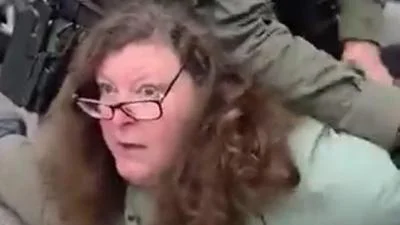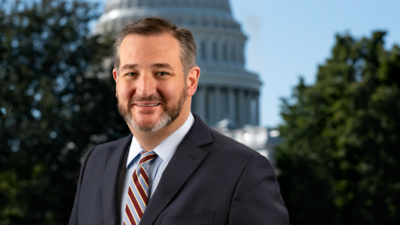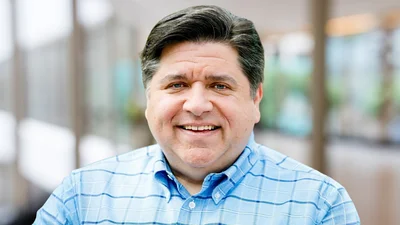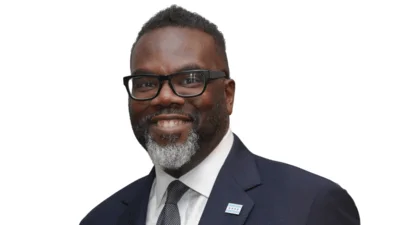Chicago Mayor Brandon Johnson | Twitter / Brandon Johnson
Chicago Mayor Brandon Johnson | Twitter / Brandon Johnson
Violent crime is up 26 percent at Chicago Schools (CPS) over last year, while arrests are headed just as sharply in the other direction, according to a new report from the Illinois Policy Institute (IPI).
That gap between violence and arrests is expected to grow even wider as all police officers, or school resource officers (SROs), are scheduled to be removed from the schools under a resolution adopted in February by the Chicago Board of Education at the insistence of Mayor Brandon Johnson.
Violence occurred in 163 schools. In 145 of those schools no arrests were made.
In contrast, “… when every Chicago public high school had two police officers in 2009, the arrest rate was 43% for violent acts,” the report said.
Further evidence that police presence makes a difference comes from recent Brookings Institute study showed that the presence of school resource officers in schools decreases violent offenses by 30%. The number of crimes reported, and arrests rise as well when police are nearby.
The resolution adopted in February by the Board of Education stripped the power of local school councils (LCSs) to choose to station officers in their schools— an option given to the LCSs by the Board in 2021.
“As part of their plan, where schools had the SRO program, committees were asked to decide whether the presence of SROs are appropriate for their school and present it before their LSC for a formal vote,” Chicago Public Schools (CPS) Press Secretary Evan Moore told Chicago City Wire, for an earlier story.
This school year 39 CPS high schools have resource officers in their schools.
The IPI reported cited Chicago Police data that showed over last year 224 violent crimes occurred in school buildings or on campus grounds. Murder, robbery, human trafficking, aggravated assault, aggravated battery and sexual assault are counted as violent crimes.
“Cases included students and teachers being beaten, threatened with knives and guns, robbed of their belongings and sexually exploited,” the report said. “Attacks with weapons and rapes have become a greater share of the crimes.”
CPS, moreover, has on occasion downplayed the severity of some of the crimes.
The threat level of an eighth grader recently bringing a gun to a Chicago elementary school in December 2022 was much higher under the police recount of the incident than the school’s take on it.
The school, the Mary Courtney Language Arts Center in Uptown, said in a letter to school families that the police on Dec. 14 “took possession of an unloaded gun.”
The police narrative of the same incident, dated Dec.15, said that a school security officer confronted a student who the day before told some fellow students of his plan to shoot teachers “he didn’t like.” The school made no mention of this in its letter to the families. After refusing to be searched, the student was brought inside to a guidance counselor’s office where he relented to a voluntary search and “reached into his sweatshirt pocket and handed them an extended 30 round capacity magazine loaded with an unknown amount of live rounds.”
The school’s watered down take on the incident is not uncommon, Joseph Giacalone, adjunct professor at the John Jay College of Criminal Justice and the former commanding officer of the NYPD’s Bronx Cold Case Squad, told Chicago City Wire for an earlier story.
“They’re trying to protect the child but the cost of doing so only increases the problem,” he said. “The problem doesn’t go away. It either gets picked up in the next grade or another school.”
“This policy by the progressives,” he added, “is not based on any science. They are not getting to the source. They are just setting up a vicious pattern.”
IPI recommends that the city “create a dedicated school resource officer program, with officers carefully selected as those best-suited for interacting with students and faculty. The specially trained unit’s officers would not only serve as first responders in school emergencies but also act as liaisons between the police department and schools.”





 Alerts Sign-up
Alerts Sign-up